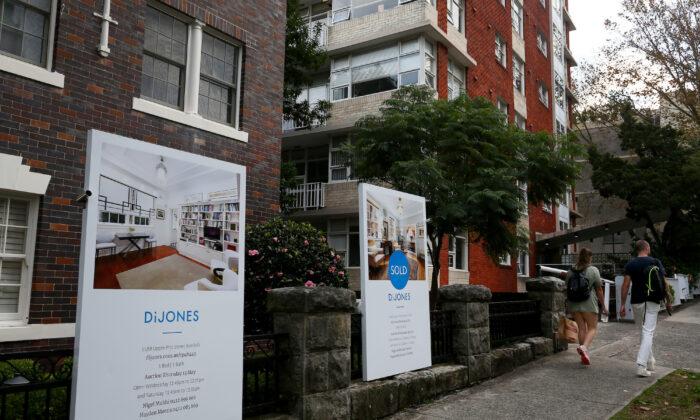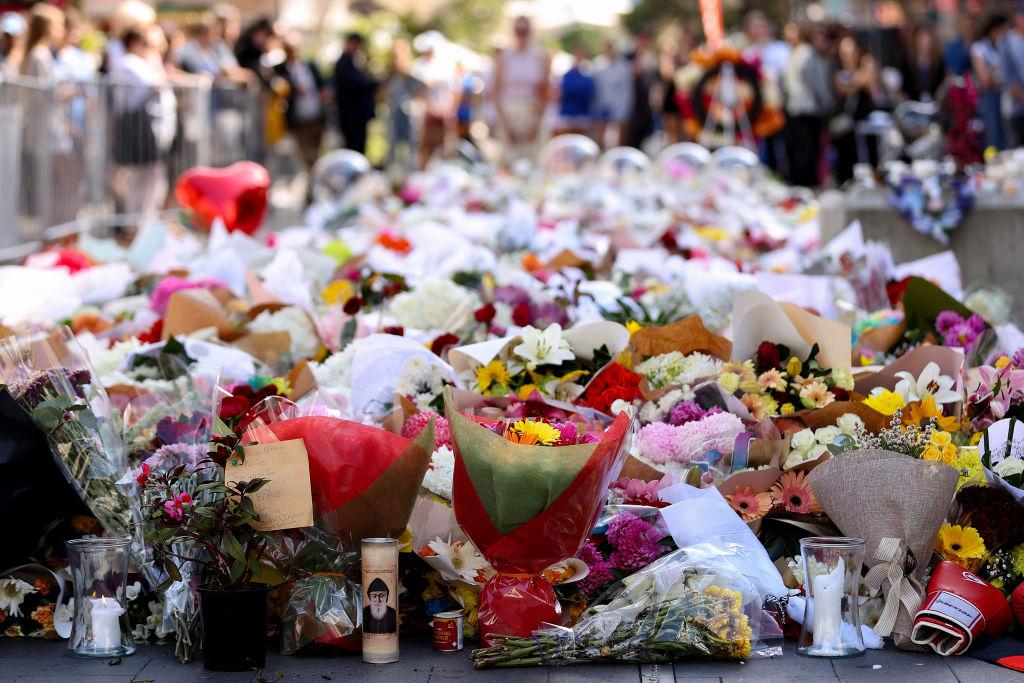A house in Sydney at median price rose to $1.6 million over the year, the median house prices in Melbourne and Canberra have passed $1.1 million, and remaining capital cities sit between $600,000 and $800,000.
Nationally, the house prices jumped 25 percent in 2021, with Sydney, Canberra, Hobart, and Darwin house prices growing over 30 percent.
Domain’s chief of research, Nicola Powell, said a million-dollar median price was a psychological barrier to entering the market.
While it was unlikely that prices had reached their peak, it had evidently cooled, particularly in Sydney and Melbourne where the lack of affordability was pushing buyers out of the market.
“There is a waning demand playing out across a number of metrics—clearance rates in Sydney have dipped from 81 percent in the March quarter to 68 percent in the December quarter and prospective buyer inquiries have dropped 20 percent over the same period,” Powell said.
House prices in Sydney had risen $1,100 a day over 2021, for a total of $400,000. This was the steepest annual growth on record. In Melbourne, houses rose $660 a day, for the strongest annual gain since 2010.
The rapid escalation of price has created a financial barrier for entry and upscale buyers, while wage growth has remained low.
Eliza Owen, the head of research at CoreLogic, said the affordability issues with houses was pushing people towards units.
In contrast, the Brisbane and Adelaide markets show no sign of slowing, with supply remaining low and demand remaining at elevated levels. As a result, a two-speed market has emerged across capital cities.
“In cities like Adelaide and Brisbane, prior to the pandemic, there was a drain of residents, but since the pandemic, they’ve seen a net gain of people choosing to live there. That changes the housing markets,” Powell said.






Friends Read Free